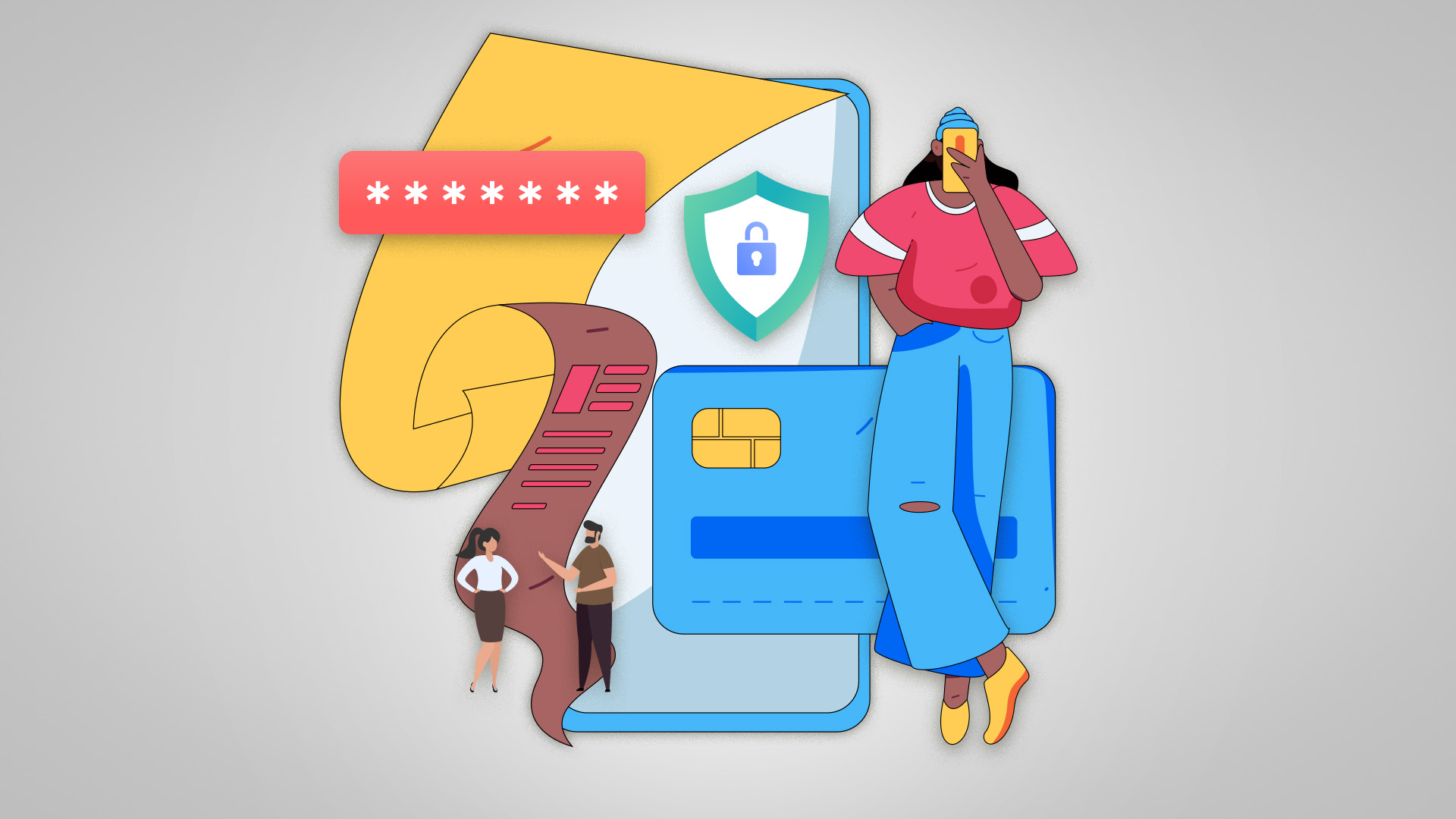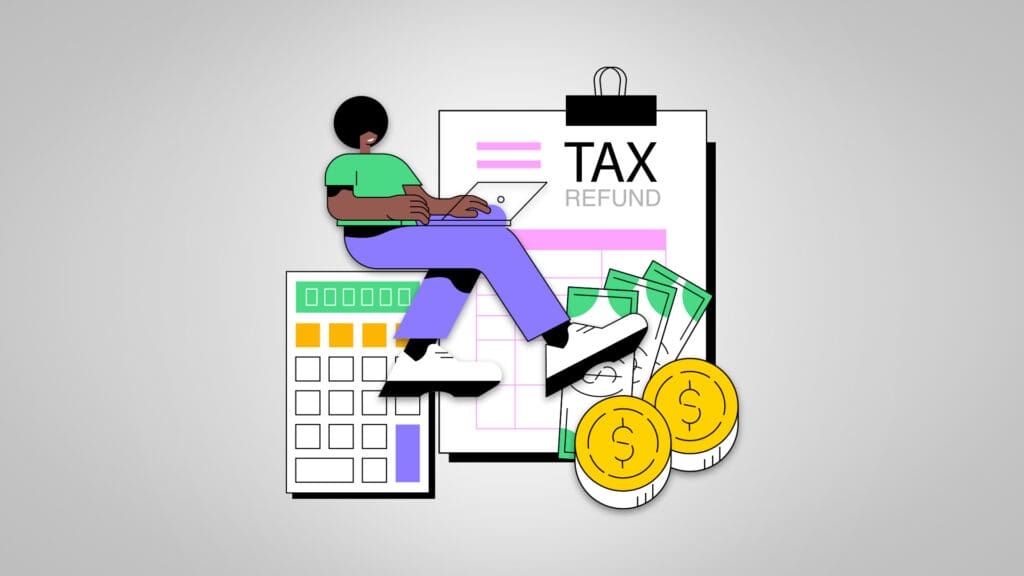
Gen Z Banking: Why Community Banks Are Being Overlooked (and What Can Be Done About It)
As a new generation begins to establish financial independence, an opportunity arises for financial institutions to establish new lifelong financial partnerships. Gen Z and the banks that serve them face a unique landscape, unlike previous generations, as banking has become and will continue to be a highly digital landscape. Community banks have long been a trusted partner for individuals and businesses, yet as Gen Z’s banking needs continue to grow and diversify, many community banks struggle to capture their attention. In fact, Harris Poll reports that while 11% of all Non-Large Bank Account Holders report primarily using community banks, including 6% of Millennials, only 2% of Gen Z do.

In this edition of Compound Interest we’ll examine why a generation known for its values-driven decision-making has not been choosing community banks and how these institutions might succeed at attracting them.
- What Gen Z Wants From Their Bank
- Why Gen Z Overlooks Community Banks
- How Community Banks Can Win Back Gen Z
- Building Connections Beyond Transactions
- Get Expert Help Understanding Gen Z Banking
What Gen Z Wants From Their Bank
Gen Z is often described as a digital-first and values-driven generation. They tend to place a premium on convenience, technology, and trust. Despite that only a paltry 2% primarily use Community Banks, According to both Harris and eMarketer, approximately half of Gen Z and millennials reported being open to switching to a community bank. This generation seeks financial institutions that offer seamless, mobile-first experiences. They are not just looking for a place to deposit checks or save money—they want financial partners who anticipate their needs and provide intuitive, digital solutions.
But technology is only part of the equation. Gen Z values brands that align with their priorities: sustainability, transparency, social responsibility, and authentic community engagement are key to winning their loyalty. They want more than transactions; they want partnerships with institutions that understand their aspirations and help them achieve their goals.
Banking lifestyle
Look at it this way: For Gen Z, banking isn’t just a functional necessity—it’s an extension of their lifestyle. This generation grew up with smartphones, subscription services, and real-time access to nearly every facet of life. They approach many technology-centered services, like banking, with the same expectations: immediate solutions, minimal friction, and a seamless blend into their routines.
This mindset explains why digital banks that have invested in an improved app experience have gained traction among younger consumers. To remain competitive, community banks need to demonstrate how they can offer similar convenience without sacrificing the truly personalized and community touch that sets them apart.
It is no surprise that Gen Z and millennials use AI financial services a lot more. According to the Harris Poll, 59% of Gen Z use AI-powered financial tools, and 58% allow AI to make budgeting, saving, and spending recommendations. It is safe to say that the use of AI in financial services is not going anywhere!
Why Gen Z Overlooks Community Banks
Despite 52% of Gen Z and millennials being open to switching their financial institution, there is a disconnect in Gen Z customers that bank with community banks. The disconnect is unfortunate, as community banks are uniquely positioned to deliver what Gen Z wants. The Harris Poll highlights that 80% of Gen Z prefers brands that support diversity and sustainability. Community banks, with their deep community roots, can leverage this alignment but must modernize how they present their value.
Many community banks already champion local causes and reinvest in their neighborhoods, values that resonate deeply with Gen Z’s preference for socially conscious brands. The challenge is making these strengths visible through modern, engaging communication. While community banks are fighting for their own visibility, larger national banks and digital-heavy competitors are dominating advertising channels. So, how do community banks compete with the big guys? They don’t, or at least not on technology alone.
How Community Banks Can Win Back Gen Z
Yes, to attract and retain this generation, community banks must evolve in technology and messaging.
1. Embrace digital transformation with purpose
Gen Z expects seamless mobile banking, but the goal isn’t to replicate the capabilities of big banks. Instead, community banks should focus on creating intuitive apps that cater to essential needs:
- Simple peer-to-peer payments
- Real-time account notifications
- Personalized financial guidance (e.g., savings goals, budgeting tips)
Highlighting digital offerings as tools for empowerment—rather than just features—can bridge the gap between convenience and trust. Partnering with fintech firms for scalable solutions can also help smaller banks achieve digital excellence without straining their budgets.
2. Align with life stage milestones
Gen Z is at a pivotal age. The oldest members are in their late 20s, navigating major milestones like:
- Renting their first solo apartment
- Financing a car or managing student loans
- Saving for their first home
- Starting a family
Community banks can position themselves as partners during these transitions. Offering educational content, financial literacy programs, or even personalized outreach (e.g., “How to Budget for Your First Home”) can demonstrate a genuine understanding of their customers’ journeys.
For example:
- Host webinars on topics like student loan repayment strategies or first-time homebuying tips.
- Partner with local realtors or auto dealerships to offer exclusive programs for Gen Z customers.
- Provide targeted savings tools that cater to milestone goals, like down payments or emergency funds.
3. Leverage local impact as a selling point
Gen Z cares deeply about social responsibility. Community banks already excel in this area but often fail to market it effectively. Storytelling can close the gap. Share how your bank:
- Funds local businesses
- Supports neighborhood revitalization projects
- Promotes sustainable practices in the community
These narratives should be front and center on social media platforms where Gen Z spends their time. Engaging video content, community testimonials, and behind-the-scenes looks at local initiatives can make these efforts more tangible and relatable.
4. Personalize the banking experience
Technology enables personalization, and Gen Z expects it. Community banks can use data insights to provide tailored advice, such as:
- Customized savings plans based on spending habits
- Alerts about relevant local opportunities, such as first-time homebuyer programs
- Invitations to exclusive financial workshops
This approach reinforces the perception of community banks as partners invested in their customers’ success.
5. Engage on Gen Z’s preferred platforms
Reaching Gen Z requires meeting them where they are:
- Social media presence: Platforms like Instagram, TikTok, and YouTube are essential for storytelling and customer engagement.
- Influencer partnerships: Collaborating with local influencers can amplify your message and build trust.
- Interactive tools: Gamified savings challenges or budgeting tools can make financial literacy engaging and accessible.
Building Connections Beyond Transactions
To win Gen Z’s loyalty, community banks must go beyond simply modernizing their technology. They must align with the values and aspirations of this generation by fostering genuine relationships, delivering tailored support, and clearly communicating their unique role in the community.
The long-term opportunity
The opportunity is immense: Gen Z isn’t avoiding community banks out of disdain but rather out of a lack of awareness about their potential value. By addressing this gap with innovative solutions and empathetic messaging, community banks can position themselves as trusted partners—not just for today but for decades to come.
The role of empathy in banking
Understanding the emotions tied to major financial decisions can create a deeper bond between community banks and their Gen Z customers. For example:
- A Gen Z renter securing their first apartment may feel anxious about hidden costs.
- A young professional navigating student loan payments may appreciate clear, empathetic guidance.
Offering emotional support alongside financial solutions can help community banks differentiate themselves in a crowded marketplace.
A path forward
Gen Z is not inherently opposed to community banks; they simply demand a different approach. By modernizing their technology and aligning with Gen Z’s values, community banks can build meaningful, long-term relationships with this pivotal generation.
The opportunity is clear: Gen Z wants more than just financial transactions—they want a partner who supports their goals and reflects their ideals. Community banks, with their local focus and personalized touch, are well-suited to this role. But they must adapt to secure their place in the digital-first future.
This is a critical time for community banks to rethink how they connect with younger generations. By embracing innovation and emphasizing their community-driven purpose, they can remain relevant.
Get Expert Help Understanding Gen Z Banking
If you have questions or would like to discuss bridging the gap to attract more Gen Z customers, feel free to contact us here. You can also call us at (502) 499-4209.
Our Articles Delivered
Signup to receive our latest articles right in your inbox.



